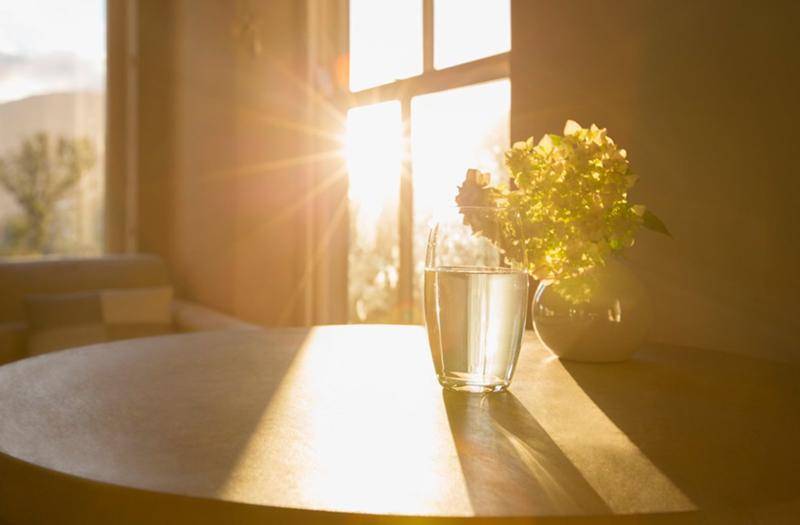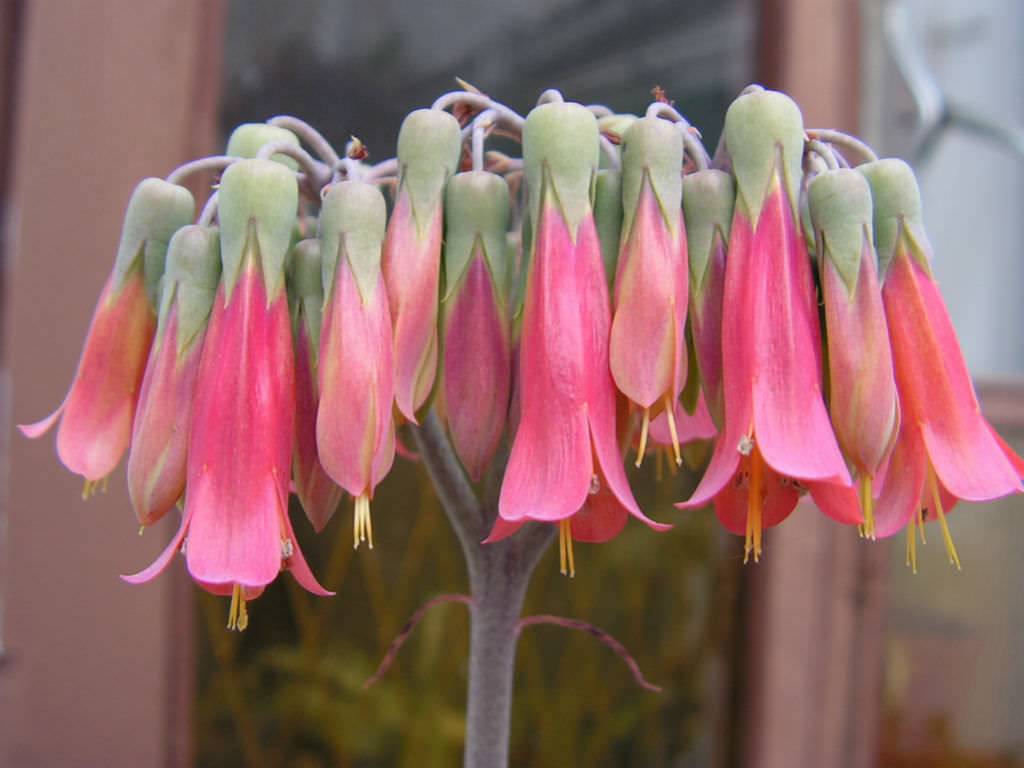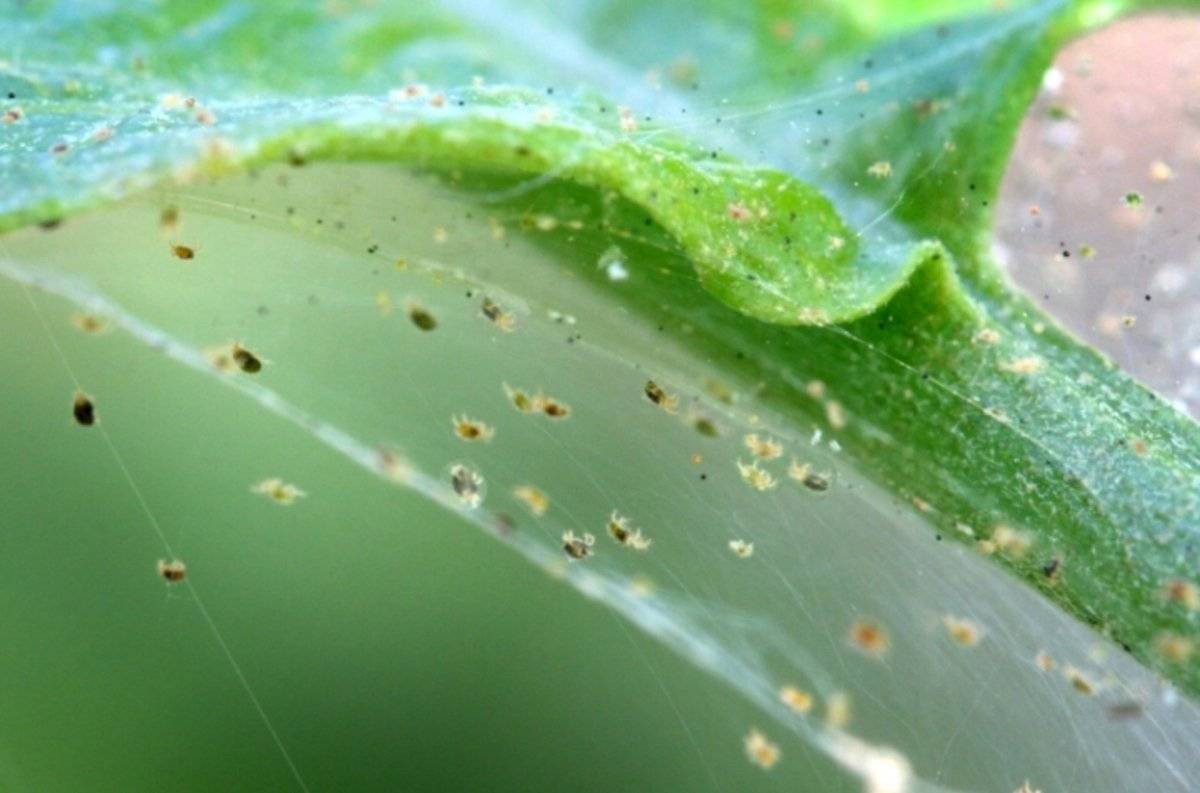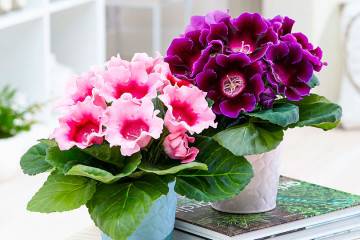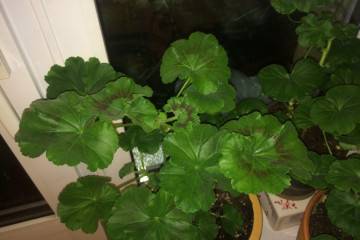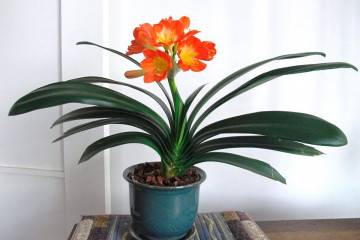Kalanchoe Degremona "daigremontiana" - how it blooms
Content:
Most often, indoor plants are kept either for beauty or for medical purposes. But even among them there are unique ones. These include Kalanchoe Degremona, which is also called indoor ginseng for its medicinal properties.
Kalanchoe Degremona, what it looks like, what family it belongs to
The Kalanchoe Degremona has a very remarkable appearance, and therefore it can be distinguished from hundreds of other species even by a person far from floriculture.
The stem of this plant is erect and powerful, it can grow up to 1 m in height. Thick leaves have a triangular shape with edges bent inward, more like a saw because of the notches along the edges of the leaves. Another remarkable detail of this indoor flower is the brood buds - Kalanchoe in miniature with ready-made roots - at the edge of the leaves. When they fall to the ground, they immediately begin to grow.
The fleshiness of the plant is explained by the fact that it is able to accumulate a large amount of water in itself, like cacti or aloe. This distinguishes all plants of the Tolstyankov family, to which the Kalanchoe of Degremon belongs.
In Russia, two types are most common: Kalanchoe pinnate and Degremona, the differences of which are immediately visible. The first has more rounded ellipsoidal leaves, while the second has a "classic saw".
The entire genus of Kalanchoe can be distinguished not only by its decorative beauty, but also by its medicinal properties known in official medicine. Kalanchoe vegetable juice is used, which has anti-inflammatory, hemostatic and wound healing properties.
How to care for the Kalanchoe Degremona at home
Kalanchoe Degremona does not require complex care at home.
Illumination and temperature conditions
Kalanchoe loves when there is a lot of light, so the sunny side of the house or lit most of the time is best suited for him. But direct sunlight is destructive for him: the leaves begin to turn red, getting a kind of burn. If you do not rearrange the flower, then it will wither very quickly.
In summer, the most comfortable temperature for Kalanchoe Degremon is in the range of 20-25 ° C. At this time, the plant can be exposed on the balcony, in the fresh air, even in a draft. But the warm summer rain should be avoided: like a succulent, Kalanchoe is afraid of excess moisture.
If in winter the leaves begin to turn yellow and fall off, this is a signal of a lack of lighting. The best solution would be to install artificial lighting. In the cold season, the most optimal temperature for keeping a flower is 10-15 ° C, although Kalanchoe is able to withstand 6 ° C.
Watering rules and humidity
In the warm season, water should be moderate, the soil should dry out after the previous watering. It is important that the liquid does not get on the plant itself: this can cause rotting of the Kalanchoe. In winter, you can water literally once a month.
Top dressing and soil quality
Since the Kalanchoe Degremona naturally grows on sandy soils, an imitation of it is needed for an ornamental plant. You can buy a ready-made mixture designed for growing succulents and cacti, or you can prepare it yourself. To do this, you need to take three components in equal amounts:
- humus earth (a mixture of rotted manure);
- deciduous soil (a mixture of rotten fallen leaves);
- ordinary sand.
Mix all components and add to loose soil.
Top dressing is applied to the soil during the active growing season at the end of spring, after the plant is transplanted and during its adaptation to new conditions.
Flower container size
For Kalanchoe, a small pot with a drain hole at the bottom is suitable. A drainage layer will not be superfluous in it.
Features of plant transplant
Kalanchoe roots grow very quickly, so quite often the plant will need a new container. It should be slightly larger than the previous "dwelling" of the flower. For the future pot, you also need to prepare a mixture of humus and sand, to which part of the soil from the old pot is added. In the middle, a recess is made, where the Kalanchoe is planted.
Also, when transplanting, add top dressing. During the week after transplanting, the plant is provided with careful care, since this is the time of its greatest vulnerability.
Flowering and dormant period of the plant
Kalanchoe blooms in late autumn - early winter. The long peduncle, which can grow up to 30 cm, has pink or red flowers in crown-shaped inflorescences.
There is a prevailing opinion among gardeners that the flowering of Kalanchoe Degremon is a rather rare phenomenon. In order for this to happen, experienced flower growers advise to limit the time the plant stays in the light, to reduce watering.
After flowering, the Kalanchoe will be dormant for about a month. At this time, it would be good to cut off dried inflorescences and "pinch" too bare shoots.
Reproduction of Kalanchoe Degremon
Kalanchoe is famous for being able to reproduce in any vegetative way: cuttings, children, leaves, and also seeds.
Seeds
It is best to buy seeds in a store, because it is very difficult to get them at home from an adult plant.
Pour seeds into a container with prepared soil and lightly press them with your fingers and cover the container with glass, which is removed during the day for airing. It is best to spray water for even watering.
Brood buds
The fallen children are transplanted into a new pot. In fact, there are no special requirements for this type of vegetative reproduction: planted - watered - went into growth. As soon as the brood buds turn into a full-fledged plant, they are seated in separate pots.
Cuttings
The upper part of the stem is cut off with a length of 6-7 cm. The main condition for this is that there should be at least three leaves on the handle. You can plant the trimmings both in a container with water and in the ground, adding a couple of 1-2 cm in drops. In the first case, the roots will appear a couple of weeks earlier.
Possible problems in growing Degremona
Various pests are infrequent guests of the Kalanchoe Degremon. And yet they are available:
- Aphids enter the house through the window. She sucks the juice from the plant, after which it becomes sticky, the leaves curl. Spraying with insecticides will help here.
- If the plant begins to dry out, then a sure sign that a scabbard has started up on it.This insect has a shell, so it is immune to insecticides. They are removed by hand with cotton wool soaked in alcohol. After processing, it is better to change the soil to a new one.
- Sometimes such a harmful pest as a spider mite can wander to the Kalanchoe. A characteristic feature is a thin spider web on the leaves. Fight it with insecticides.
Of the diseases of the Kalanchoe Degremona, gray rot should be noted, which develops due to excessive watering. Weeping spots appear, which grow and turn into gruel.
The other extreme of improper plant care is too dry habitat. In this case, white spots are formed, the leaves begin to fall off. This disease is called powdery mildew.
This unpretentious plant is an ideal solution for a novice grower. Ease of care, beautiful and unusual appearance awaits him, and as a bonus - the ability to heal wounds, confirmed by official science.

